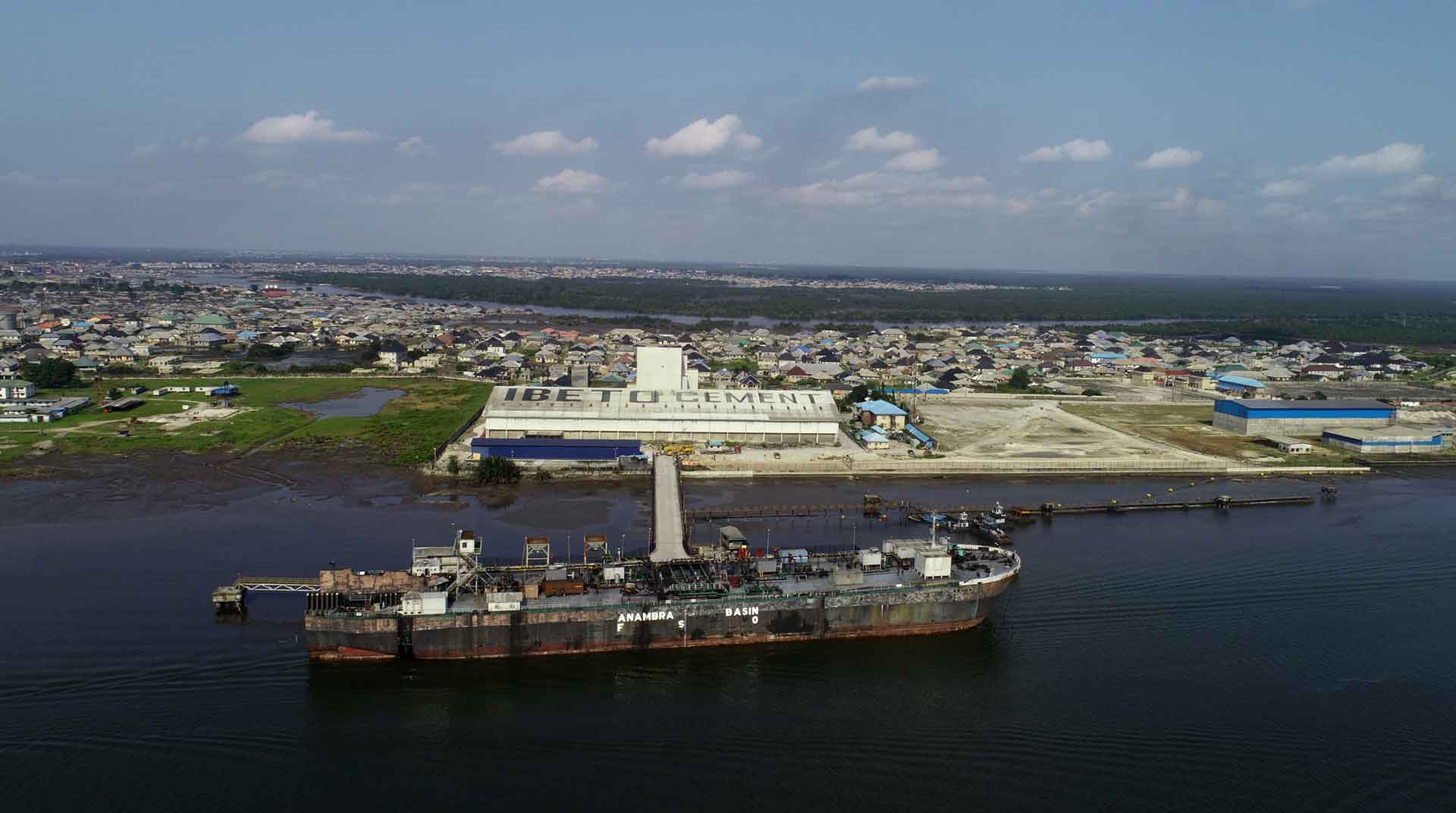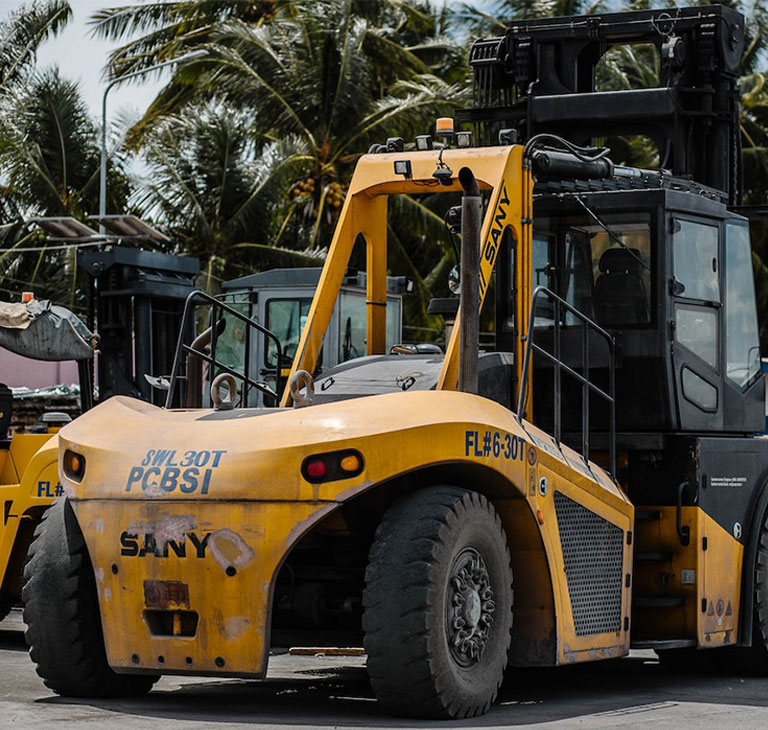

It plays a key role in the efficient and smooth operation of the vast number of containers that travel around the world. The flow of container movement at terminals is broadly divided into exports and imports.
DOWNLOAD
DOWNLOAD
QUESTIONS?
The first step in transporting cargoes by ship is the shipper (or his agent) making a booking request with the shipping company that operates the ship. Once this is done, an empty container is prepared, and the shipper picks it up. The cargo is loaded into the container at a plant or warehouse and the loaded container is transported to the terminal. The container passes through the in-gate and is delivered to a specified location within the yard. When it arrives at the designated site, the container is removed from the chassis using a transfer crane and is temporarily stored in the yard.
After storage in the yard, when the ship arrives in port, the container is transported by transfer crane or trailer to a berth as close to the ship as possible and loaded onto the ship using a gantry crane. For this reason, containers that are for export are stored near a berth as close as possible to the ship, and imported containers are stored close to the gate for easy pick-up by chassis. Empty containers are stored at an intermediate location.
They are unloaded from the ship and temporarily stored at the yard. When the consignee (or his agent) comes to pick up the container, the consigned confirms the location of the container at the in-gate and proceeds to that location. The container is loaded onto a chassis using a transfer crane, in the same way as with export containers, and following a final check performed at the out-gate to make sure there is no damage to the container, the delivery process is complete. These containers may be stored in our stacking areas pending when the receiver is ready to receive the items.
Our commitment as Max Shipping Services Limited is to ensure that our customers are supported all through the process of sending out their goods and receiving their goods.
Happy Customers!
Max Shipping goes beyond logistics; we reshape the way business is done.
Stacking Area | Sq.m |
Terminal 1 | 18,285.14 sq.m |
Terminal 2 | 10,622.07 sq.m |
Terminal 3 | 6,446.89 sq.m |
Terminal 4 | 23,798.84 sq.m |
Ternimal 5 | 12,869.10 sq.m |
Terminal 6 | 6,729.89 sq.m |
Terminal 7 | 10,086.32 sq.m |
Terminal 8 | 10, 784.31 sq.m |
Terminal 9 | 10,754.08 sq.m |
Terminal 10 | 10,456.37 sq. m |
Ternimal 11 | 10,706.38 sq. m |
Terminal 12 | 10,251.00 sq. m |
- Approximately 14 hectares of Stacking Areas
- 1 x 190m length quayside with a draft of 11m
- 2 barge facilities
- Examination area
- Warehouses
1
No congestion, berthing on arrival
2 We provide prompt discharge and delivery with 24/7 operations.
3 We have best competitive terminal charges, with easy flexibility, and transparency
4 We are reliable, safe, and efficient operations with plans for continuous improvement.
5 We can solve complex customer problems with intelligence and experience.
- Mobile cranes (80 tons – 400 tons)
- Empty container handlers
- Reach stackers
- Forklifts
- Trucks and trailers
- Reefer plugs


